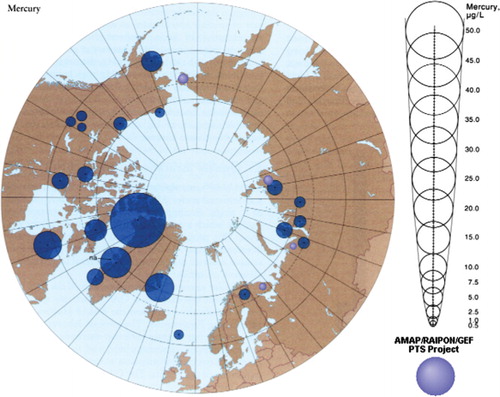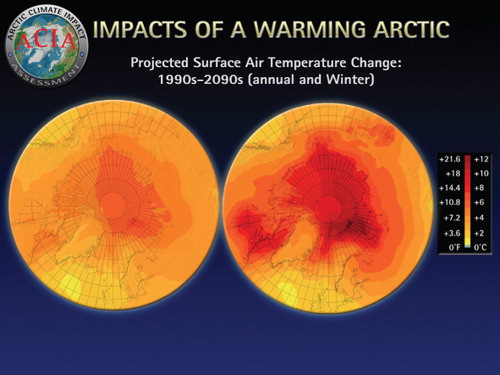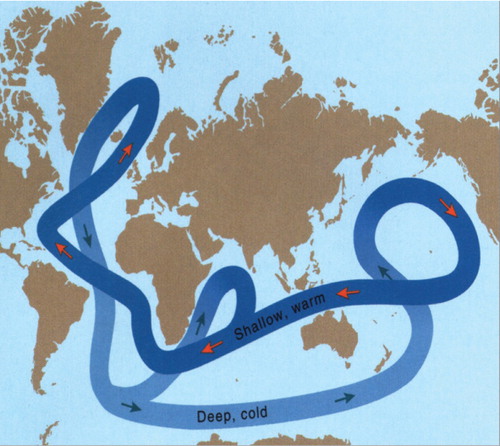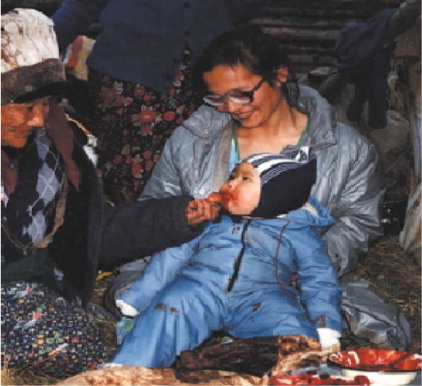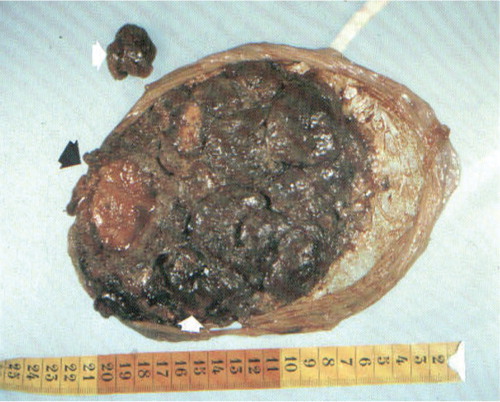Figures & data
Fig. 3. The Greenland ice sheet dominates land ice in the Arctic. Over the past two decades, the melt area on the Greenland ice sheet has increased on average by about 0.7%/ year (or about 16% from 1979 to 2002) (35).
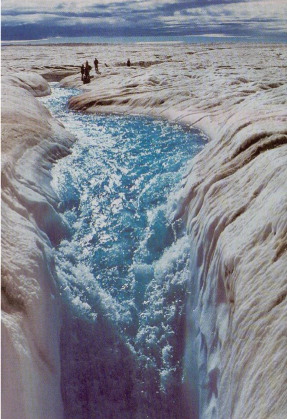
Fig. 4. The opening and closing dates for tundra travel on Alaska's north slope are rapidly changing (11, 35).
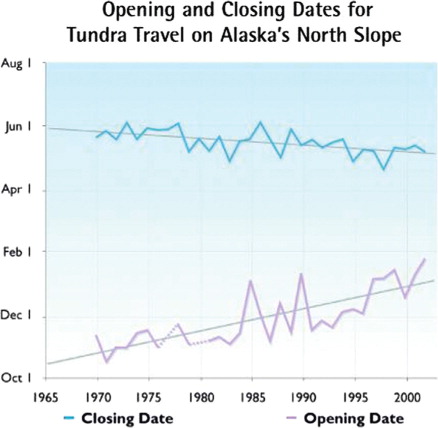
Fig. 5. The Arctic Monitoring and Assessment Programme (AMAP). Circumpolar levels of PCBs (μg/L maternal blood) (11).
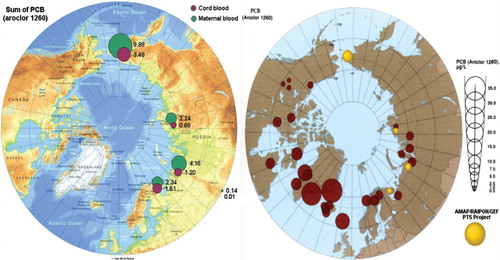
Fig. 6. The Arctic Monitoring and Assessment Programme (AMAP). Circumpolar levels of the 4,4'DDE metabolite of DDT(μg/L maternal blood) (11).
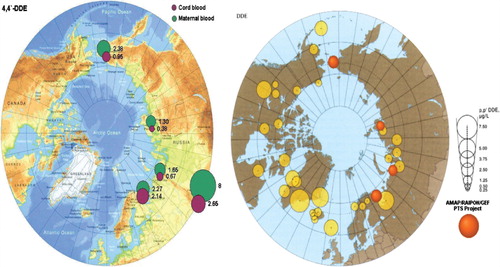
Fig. 7. The Arctic Monitoring and Assessment Programme (AMAP). Circumpolar levels of Mercury (μg/L maternal blood) (11).
